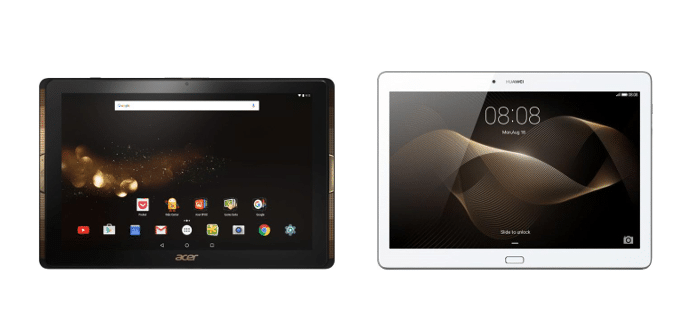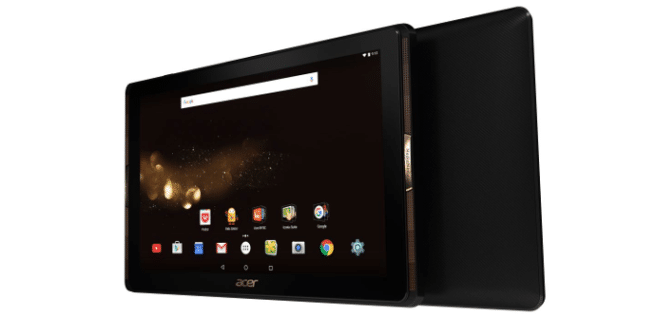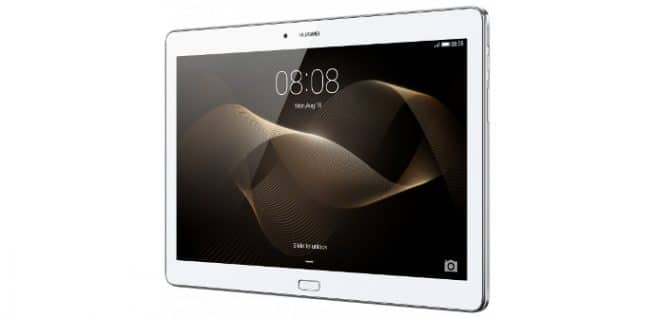
With the arrival in the stores of the new Iconia Tab 10 just around the corner, we are going to take the opportunity to help you decide if it is the right tablet for you to face its main rivals, which are not few, since due to its characteristics, we can think of it as an affordable alternative to tablets mid-range closer to the high-end (as is the case with the Galaxy Tab A 10.1 (2016), the only one to which we have already measured it) or as one of something more level when we compare it with the basic range. We start with a comparative of the first type, in which we review their Technical specifications and those of the standard model of the Huawei MediaPad M2 10.
Integrated
Regarding the design section, we find two tablets that have more in common than it might seem a priori, since in both we find a fairly classic aesthetic and with an important emphasis on more practical aspects, and more specifically, in the audio section: on the one hand, the tablet of Acer incorporates powerful front speakers; on the other, that of Huawei It mounts a four-speaker system that is one of the most powerful that we have had the opportunity to test. One point in favor of MediaPad M2In any case, it is also offering us an elegant metal casing.
Dimensions
The Iconia tablets normally had somewhat thick frames that could detract from some appeal, but as you can see, the lines of the new model are much more stylized, and the best proof of this is that its size is if it fits something smaller than that of the tablet of Huawei (25,9x16,7 inch against 23,98x17,28 inch), although it continues to gain in thickness (8,9 mm against 7,4 mm) and by weight (529 grams against 500 grams).
Screen
The new generation of the Acer tablet also proves to be at a very good level in the display section, where it has little to envy the tablet of Huawei: both are from 10.1 inches, have resolution 1920 x 1200 and therefore offer us a pixel density of PPI 224.
Performance
In the performance section, however, we already find a clearer advantage of the tablet of Huawei, not so much for the RAM, which is 2 GB in both cases, as by the processor (four cores and 1,5 GHz frequency versus eight cores and 2,0 GHz of frequency).
Storage capacity
Equality is restored in the storage capacity section, where the two conform to what is usual for a mid-range tablet to offer us: 16 GB of internal memory that, yes, we have the option of expanding externally through card micro-SD.
Cameras
The tablet of Huawei It is once again far ahead in the cameras section, although for the average user this will probably not be a very important feature. If any of you, in any case, are clear that you are going to use your tablet frequently to take pictures, it is worth bearing in mind that the main camera of the MediaPad M2 is 13 MP (versus 5 MP) and the front of 5 MP (versus 2 MP).
Autonomy
We cannot say yet which of the two will offer us better autonomy, not until the Iconia do not go through the rigorous use tests, but what we can do now is take note that the MediaPad M2 Part with advantage, since its battery is of a higher capacity: 6100 mAh against 6600 mAh. Consumption, however, you already know that it is an equally important factor.
Price
Although there is no doubt that the victory in technical specifications is for the tablet of Huawei, it is possible that for less intensive users the Acer may be sufficient and the price difference is expected to be quite significant: the former sells for slightly less than $350, while the second will cost about $200.

